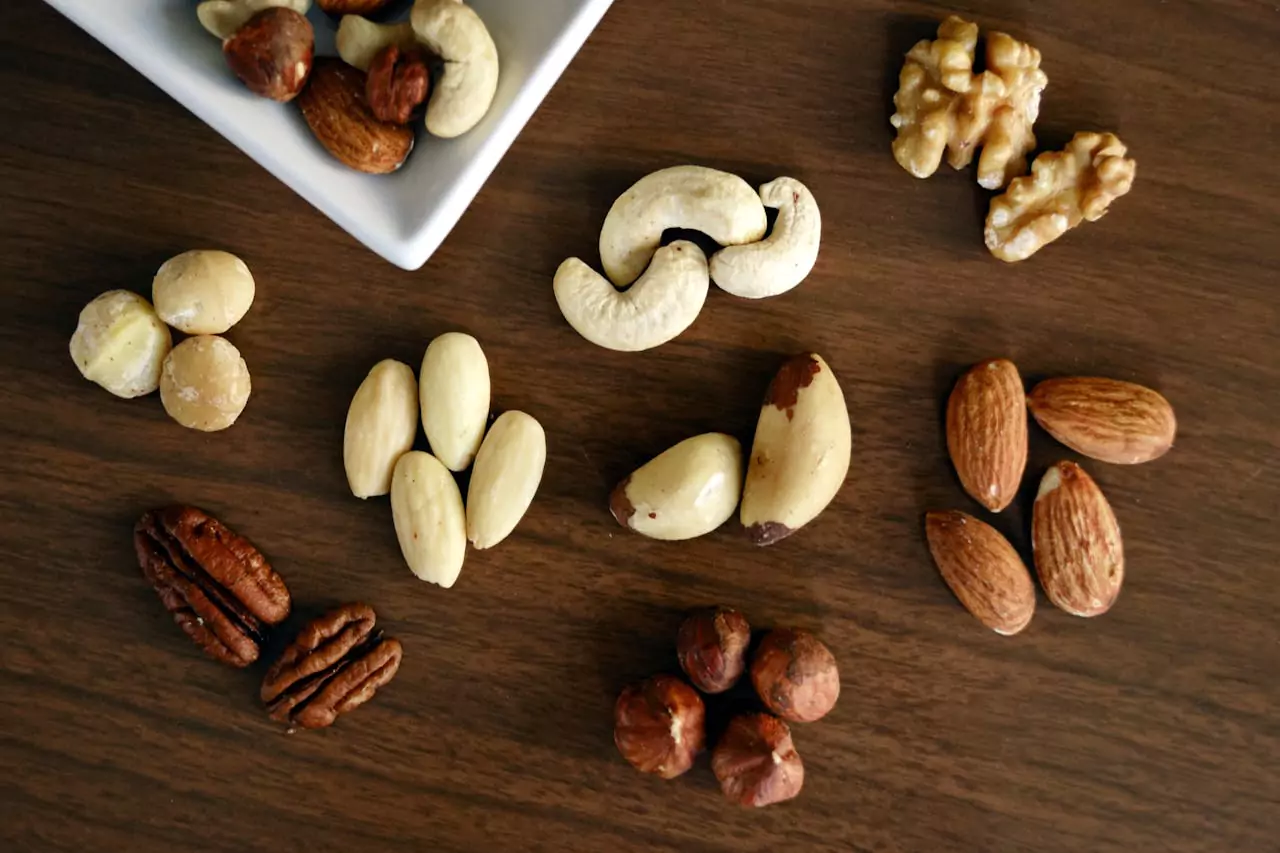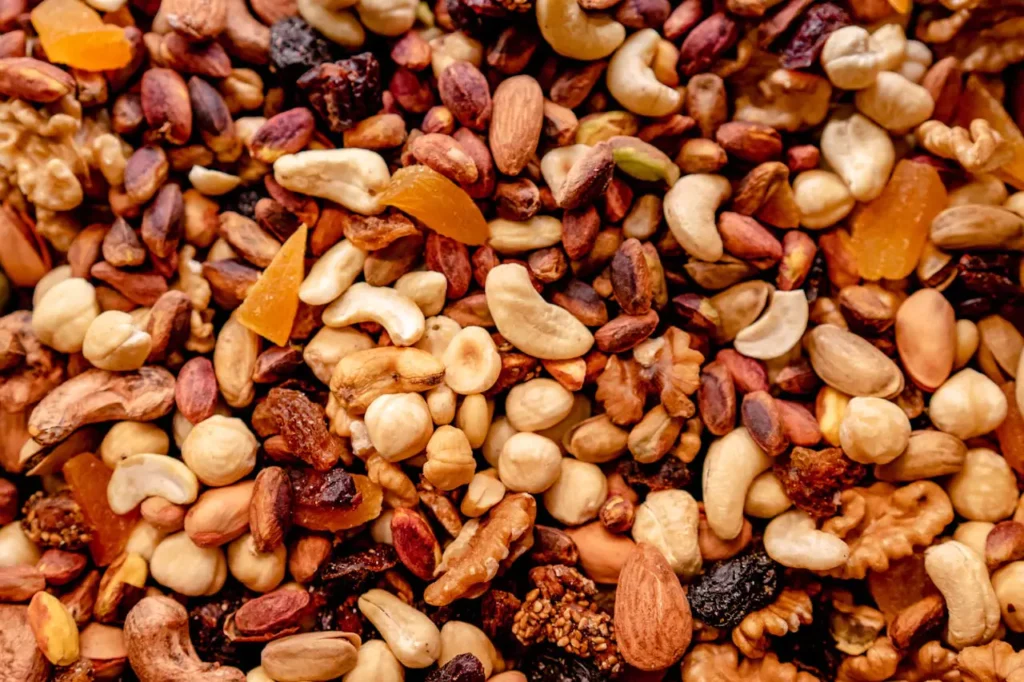
The latest market research report, “United States Dry Fruit Market Forecast Report by Types, Consumption, Production, and Export Analysis 2025-2033,” has been added to ResearchAndMarkets.com’s offerings. The report presents a comprehensive analysis of the market trends, driving factors, and growth trajectory of the dry fruit industry in the United States. According to projections, the U.S. dry fruit market is set for considerable expansion, growing from an estimated $3.14 billion in 2024 to an impressive $4.89 billion by 2033. This remarkable growth translates to a Compound Annual Growth Rate (CAGR) of 5.08% from 2025 to 2033.
A variety of factors contribute to this anticipated expansion, including shifting consumer preferences toward healthier snacking options, the rising awareness of the nutritional benefits of dry fruits, and the increasing adoption of plant-based diets. These elements collectively fuel demand, making dry fruits an integral component of the evolving food landscape in the United States.
Growing Health Consciousness and Changing Dietary Habits
The evolving preferences of American consumers have played a pivotal role in reshaping the dry fruit market. As health awareness grows, more individuals seek nutrient-dense, convenient, and long-lasting snack options. Dry fruits, which are naturally rich in essential vitamins, minerals, antioxidants, and fiber, have become an attractive choice for consumers looking to enhance their dietary intake.
Among the key benefits of dry fruits are their ability to promote cardiovascular health, improve digestive function, and aid in weight management. With increasing cases of lifestyle-related ailments such as obesity, diabetes, and heart disease, the demand for nutritious and convenient food options continues to rise. The growing trend of plant-based and vegetarian diets further fuels the consumption of dry fruits, as they serve as a natural and healthy source of essential nutrients.
Additionally, fitness enthusiasts and athletes are integrating dry fruits into their diets due to their high protein and energy content. Options such as almonds, walnuts, and cashews have gained prominence as pre- and post-workout snacks. This shift toward mindful eating and wellness-focused diets underscores the anticipated steady growth in dry fruit consumption over the next decade.
E-Commerce Revolutionizing the Dry Fruit Industry
The surge in online shopping has significantly impacted the way consumers purchase dry fruits. With the proliferation of e-commerce platforms, buying dry fruits has become more accessible and convenient than ever. Online retail channels offer a wider variety of dry fruits at competitive prices, allowing consumers to explore and choose from a diverse range of products with just a few clicks.
E-commerce also provides transparency, with product reviews, nutritional details, and sourcing information readily available. The ease of home delivery, bulk purchasing options, and subscription models have contributed to the increased penetration of dry fruits in American households. Companies in the industry are leveraging digital marketing strategies, social media campaigns, and influencer partnerships to engage consumers and drive online sales.
The COVID-19 pandemic further accelerated the shift toward online grocery shopping, and this trend continues to persist. Consumers who turned to e-commerce for purchasing essential food items have maintained their preference for the convenience and accessibility offered by digital retail platforms. As a result, online sales of dry fruits are expected to play a crucial role in market growth moving forward.
Popular Dry Fruit Varieties Driving Market Growth
Among the various types of dry fruits available, almonds and peanuts stand out as dominant players in the U.S. market due to their versatility and nutritional value.
Almonds: The Powerhouse of Nutrition
Almonds have gained immense popularity due to their rich composition of healthy fats, proteins, and essential micronutrients. They are widely consumed as a snack, incorporated into breakfast cereals, and used in a variety of culinary applications. Almond milk, a popular dairy alternative, has also contributed to the increased demand for almonds, particularly among consumers following vegan or lactose-free diets.
Additionally, studies have highlighted the numerous health benefits of almonds, including their role in reducing bad cholesterol levels, promoting heart health, and supporting cognitive function. These health attributes continue to drive consumer interest and boost the market for almonds in the United States.

Peanuts: The Staple Snack Choice
Peanuts hold a strong position in the U.S. dry fruit market, particularly due to their affordability and widespread use in products such as peanut butter, energy bars, and protein snacks. They are a cost-effective source of plant-based protein and are favored by a broad consumer demographic. The enduring popularity of peanut butter, a household staple in many American homes, further reinforces the demand for peanuts.
The Role of Exports in Market Expansion
The export sector also plays a critical role in the growth of the U.S. dry fruit industry. The United States is a leading producer of certain dry fruit varieties, such as pecans, which are highly sought after in international markets.
Pecans: A U.S. Export Powerhouse
Pecans have established a strong export market, particularly in regions such as Europe and Asia. Their superior quality and unique nutritional profile make them a favored choice among global consumers. Countries with a growing middle-class population and increasing health consciousness are showing heightened interest in U.S.-produced pecans.
Trade agreements, improved logistics, and government support for agricultural exports have further strengthened the international market presence of U.S. dry fruits. Export growth is expected to contribute significantly to overall market expansion in the coming years.
Market Challenges and Opportunities
Despite the optimistic growth projections, the U.S. dry fruit market faces certain challenges. Fluctuations in raw material prices, supply chain disruptions, and the impact of climate change on crop yields pose potential hurdles. Additionally, competition from alternative snack options, such as protein bars and fortified health foods, may present market challenges.
However, opportunities abound in the form of innovation in product offerings, sustainable packaging solutions, and the development of value-added dry fruit products. Companies are increasingly focusing on organic and non-GMO varieties to cater to health-conscious consumers. Innovations such as flavored dry fruits, mixed nut packs, and convenient on-the-go packaging formats are also driving consumer engagement.





